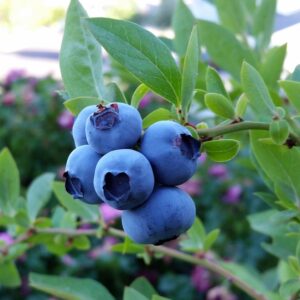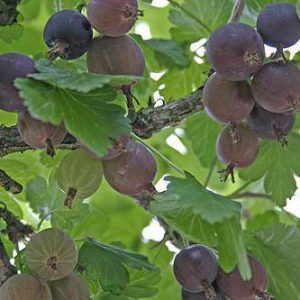Description
Similar to blueberries in taste, these Honey Berries are easy to grow and resistant to disease, also known as blue hoeysuckle. A seedless fruit that is good for eating fresh or making jams or jellies. A new superfruit with berries very high in Vitamin C and antioxidants. Theses Honeyberries are cultivars of a fruiting shrub from Siberia and Kamschatka only recently introduced to the west. The berries are long, cylindrical and blue-black, with a white, waxy bloom, and have a pleasant, sweet, tangy flavour. Honeyberries flower very early in the year when few pollinating insects are about, so you may need to pollinate the small yellow flowers with a small, soft artist’s brush. Honeyberries should not be over-fertilised, or there will be too much leafy growth at the expense of fruit. We recommend planting 2 plants to help with polination, we will select 2 different culitvars that are suitable. Cultivars available Bluebird and Honeybee.
Site: Warm, sheltered, sunny site
Soil: Any well-drained soil, slightly acidic and humus-rich preferred
Position: Full sun
Pick: As soon as the berries are ripe, with a waxy bloom
Keep: Does not keep, but the berries ripen over a long period
Hardiness: Very hardy
Pollination: Partially self-fertile; crops well grown with honeyberry Atut
Uses: Eating fresh, juicing, preserves





Recent Comments